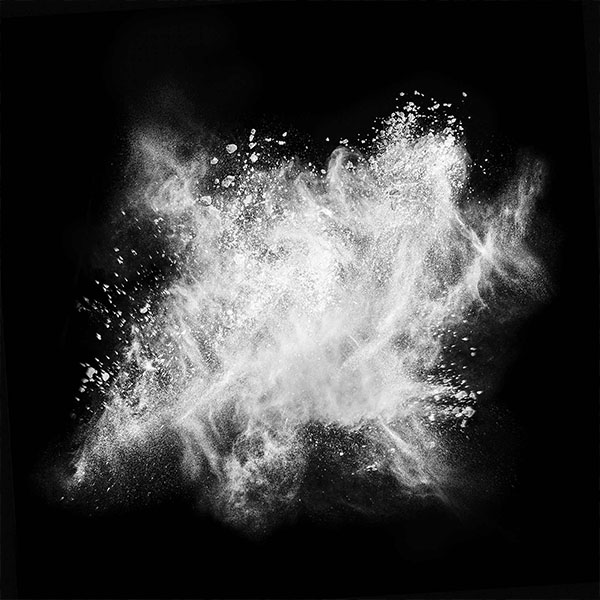 EXPOSURE RISKS FOR FUMED SILICA DUST
EXPOSURE RISKS FOR FUMED SILICA DUST
Fumed silica particles are very small and light, which means they can travel far throughout a facility. Batch mixing, equipment cleaning and other kinds of handling are all opportunities to disturb this substance and send its dust sailing.
Fumed silica is primarily a threat to the respiratory system. At certain exposures, it can cause pneumoconiosis. It is also an irritation threat to the eyes. Due to the fine nature of this powder, fumed silica can be absorbed into the body in multiple ways.
Ambient dust challenges, like fumed silica, threaten workers throughout an entire facility. A comprehensive dust control solution is needed in order to protect both floor workers and office staff.
 REGULATIONS FOR FUMED SILICA DUST
REGULATIONS FOR FUMED SILICA DUST
The Occupational Safety and Health Administration (OSHA) enforces a standard for fumed silica. This standard is expressed as a permissible exposure limit (PEL), a maximum amount of a substance that a worker can be exposed to as averaged over an 8-hour shift. The PEL for fumed silica is currently 20 mppcf, or 80 mg/m3/%SiO2. In other words, the standard varies with the percent of fumed silica present. For pure fumed silica, the standard is 0.8 mg/m3.
Making sure your air quality meets these regulations is important for protecting workers. It is also crucial for avoiding costly fines and other possible legal problems.
MORE DUST TYPES
SOLUTIONS FOR FUMED SILICA DUST
Fumed silica dust will most often present itself as an ambient air challenge, meaning the far-flying dust will be present throughout an entire facility, rather than at a single work station or batch mixer. RoboVent understands ambient dust and has been designing and implementing solutions for it for almost three decades.
RoboVent’s Senturion Series of dust collectors can clean the air of a wide area using powerful blowers and cutting-edge filters. Some facility layouts are more complex than others, and if you are uncertain where your dust occurs and why, RoboVent has a solution. Our VentMapping process creates a virtual map of your facility and uses computer modeling to help determine what kind of air quality solution you need. This advanced technology can help create the most optimal solution for your budget and needs.
RoboVent is passionate about protecting workers and advancing manufacturing through clean air. We design and build our dust collectors to the most exacting specifications. This perfectionism is why we are confident enough to offer the best warranty in the industry.
Dust Collection for Fumed Silica Collectors
Clean Air Technology Services
CONTACT US
Contact one of our industrial dust experts to gain the advantage against dust-generating processes and applications.








